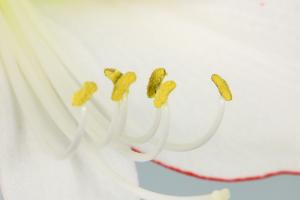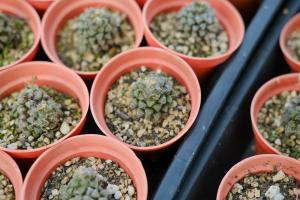What Does the Cell Membrane Do in a Plant Cell
Introduction
Plant cells are complex units that have different organelles working together to maintain various functions. One of these organelles is the cell membrane. The cell membrane is an essential component of plant cells that plays a vital role in their survival. In this article, we will discuss what the cell membrane does in a plant cell.
Structure of the Cell Membrane
Before we can understand the functions of the cell membrane, it is crucial to know its structure. The cell membrane is made up of two layers of phospholipid molecules. Each of these layers has a hydrophilic (water-loving) head and a hydrophobic (water-hating) tail. The hydrophobic tails face each other, creating a barrier that separates the internal cell environment from the external environment. Additionally, there are proteins, cholesterol, and other lipids that are embedded within the cell membrane. These proteins and lipids are responsible for various functions of the cell membrane.
Function of the Cell Membrane in a Plant Cell
The cell membrane in a plant cell has various functions, including:
Regulating the Movement of Molecules
The cell membrane is selectively permeable, meaning that it only allows certain molecules to pass through. This regulation of the movement of molecules is essential for plant cells to maintain a specific internal environment. Small molecules like water, oxygen, and carbon dioxide can easily pass through the cell membrane, while larger molecules like proteins and starch cannot. The cell membrane also has ion channels that allow ions to pass through, which are necessary for plant cell functions such as photosynthesis.
Cell Signaling
The cell membrane in a plant cell is involved in cell signaling. Through chemical and electrical signals, the cell membrane communicates with other cells, allowing plants to coordinate their functions. Some of these signals are essential for plant growth and development, while others are involved in the plant's response to environmental stimuli.
Protection and Support
The cell membrane in a plant cell provides protection to the cell. It creates a physical barrier that prevents harmful substances from entering the cell. Additionally, the cell membrane also supports the cell, helping it maintain its shape and structure.
Conclusion
The cell membrane is a vital component of plant cells that plays a critical role in the plant's overall survival. It regulates the movement of molecules, is involved in cell signaling, and provides protection and support to the cell. Understanding the functions of the cell membrane in a plant cell is essential for us to gain a broader understanding of how plants function and survive.

 how many times do yo...
how many times do yo... how many planted tre...
how many planted tre... how many pine trees ...
how many pine trees ... how many pecan trees...
how many pecan trees... how many plants comp...
how many plants comp... how many plants can ...
how many plants can ... how many plants and ...
how many plants and ... how many pepper plan...
how many pepper plan...































